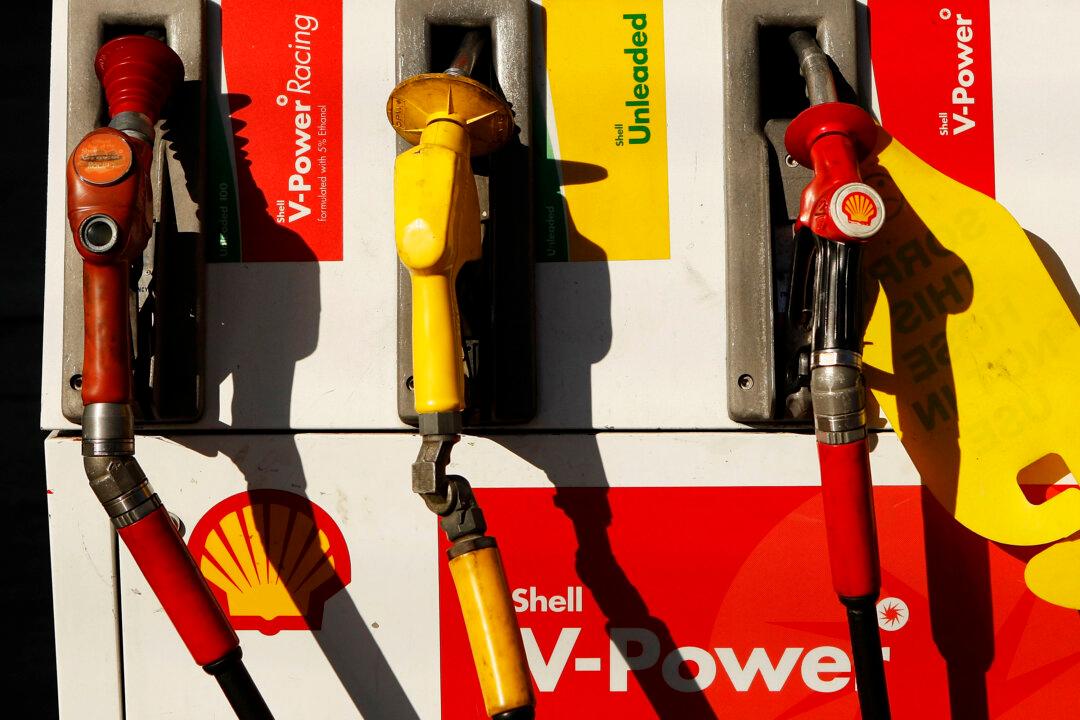Australians are feeling pain at the pump after petrol prices reached record highs in recent weeks, eliciting more calls for a slash in fuel excise tax to curb the rising cost of living.
The Australian Institute of Petroleum, an industry representative body, said the national average price for unleaded petrol went up another three point three cents in the week commencing Feb. 28 to $1.83 per litre (US$5.07 per gallon).





